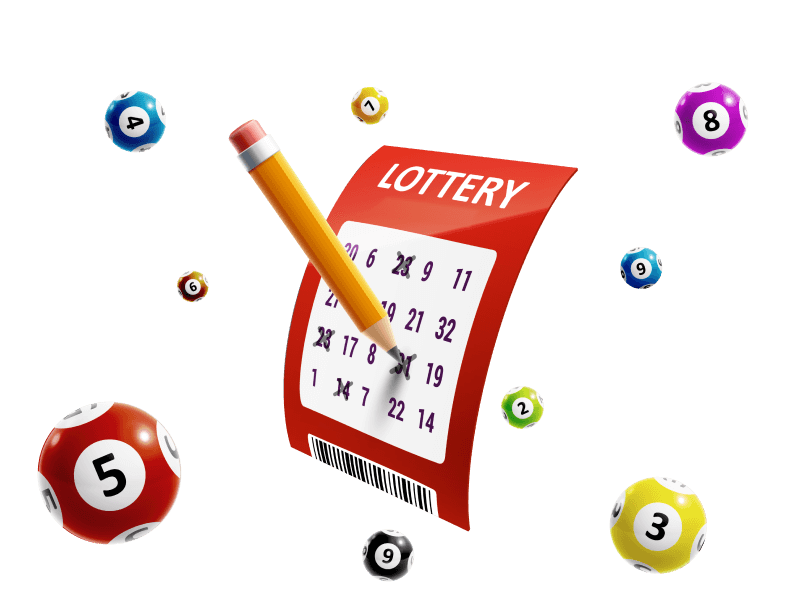The global gaming technology sector is a high-stakes environment where innovation, reliability, and trust are paramount. The Lottery Software Market is a particularly concentrated and competitive space, dominated by a few large, established vendors who have built long-standing relationships with government-run and private lottery operators across the globe. Demonstrating steady and sustained expansion, this market is projected to grow from its 2023 valuation of $5.7 billion to reach $9.7 billion by the end of 2032, a trajectory supported by a healthy compound annual growth rate of around 6.09%. This growth is attracting continuous innovation and strategic maneuvering among the key players as they compete for lucrative, long-term contracts and adapt to the rapid shift towards digital and online lottery gaming, also known as iLottery.
The competitive landscape is characterized by the strong market position of a few key industry giants. Companies like International Game Technology (IGT), Scientific Games, and Intralot are the undisputed leaders, holding a significant share of the global market. These companies have a massive global footprint, providing end-to-end solutions that include not only the core software but also the physical retail terminals, printing services for instant tickets, and comprehensive managed services. Their dominance is built on decades of experience, a reputation for security and reliability, and the ability to navigate the complex regulatory environments in different jurisdictions. Their deep integration with the world's largest government-sponsored lotteries creates a powerful competitive moat that is very difficult for new entrants to penetrate, solidifying their long-term leadership positions.
To better understand the market, it is often segmented based on several key criteria. By game type, the market is divided into software for draw-based games (like Powerball and Mega Millions), instant-win games (digital scratch-offs), and, increasingly, sports betting, as many lotteries are now expanding their offerings to include this vertical. By platform, the key segments are the traditional retail channel, which still accounts for the majority of sales, and the rapidly growing online and mobile channels (iLottery). By deployment model, solutions can be on-premise, where the software is hosted in the lottery's own data center, or cloud-based, a more modern Software-as-a-Service (SaaS) model that offers greater flexibility and scalability. This segmentation highlights the diverse technological needs of a modern, multi-channel lottery operation.
The primary competitive strategies employed by the leading vendors revolve around securing long-term, exclusive government contracts and driving continuous technological innovation. These contracts, often spanning a decade or more, provide a stable and predictable revenue stream and are the most coveted prize in the industry. To win and retain these contracts, companies invest heavily in research and development to offer the most advanced, secure, and engaging solutions. This includes developing new and exciting game formats, enhancing the mobile player experience, and integrating features that promote responsible gaming. Strategic partnerships with payment providers, marketing agencies, and other technology companies are also crucial for delivering a comprehensive, turnkey solution that meets the evolving demands of both lottery operators and their players.
Explore Our Latest Trending Reports:
Autonomous Crop Management Market



